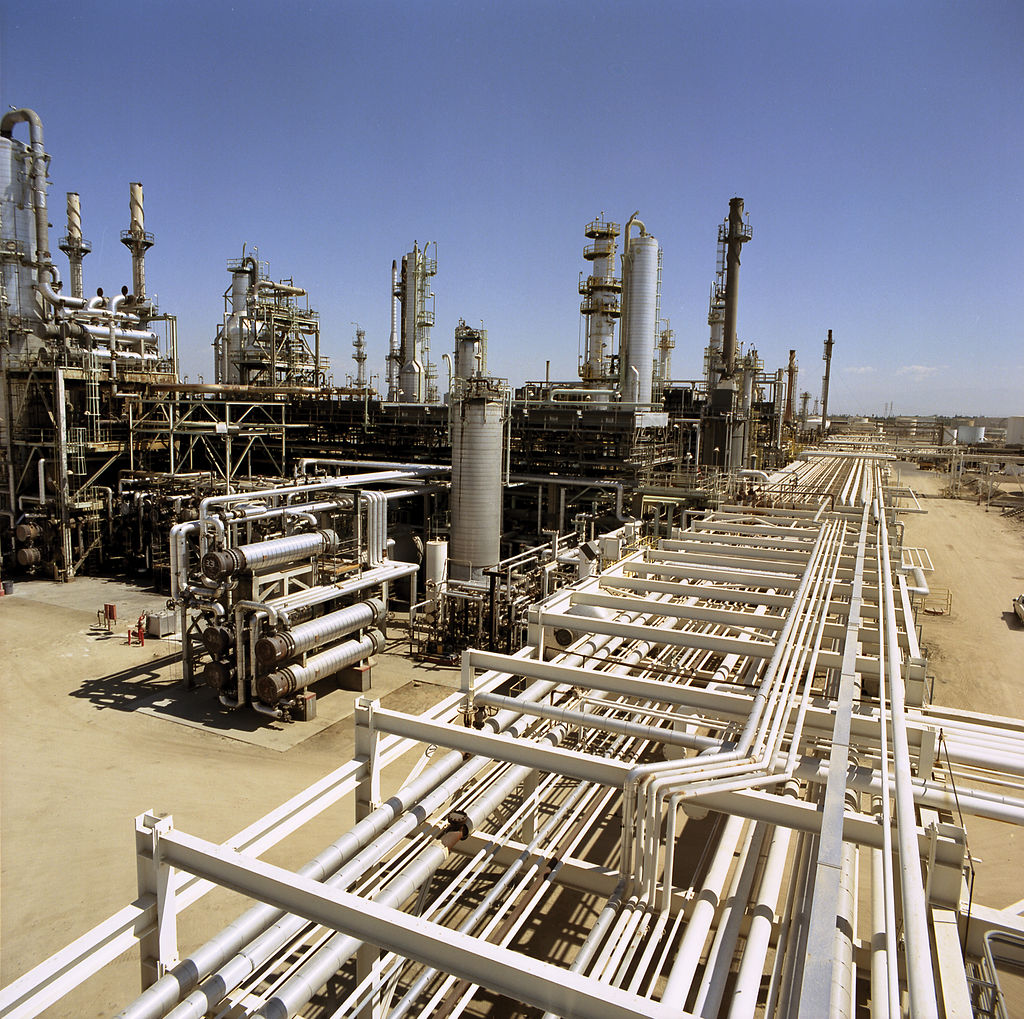If you live just about anywhere in California's San Joaquin Valley, you may have noticed that the sky is gray, the mountains are nowhere to be seen, and the acrid smell of a burning "something" is in the air.
Wildfires throughout the state are currently impacting the Valley's air quality. As a result, San Joaquin Valley Air Pollution Control District (SJVAPCD) air quality data is being reported as unhealthy for sensitive groups (RAAN Level 3).
Additionally, if you can smell smoke and see ash, the air may be even more unhealthy as the monitoring equipment doesn't pick up larger particles. SJVAPCD advises that if you see an area covered in ash, then you should assume the air quality is even more unhealthy (RAAN Level 4 or 5).
Currently, the SJVAPCD says that the following fires are impacting the Valley:
- The River Fire, south of Salinas in Monterey County
- SCU Lightning Complex, multiple locations throughout the NorthCoast Range
- The Lake Fire, southeast of Lebec in Los Angeles County
- The Hills Fire, west of Avenal in western Fresno County
Accordingly, everyone should take the appropriate precautions.
UPDATE. 8/19/20 @ 6:52 PM PDT - Here is the latest date from SJVAPCD's RAAN network for Bakersfield:




